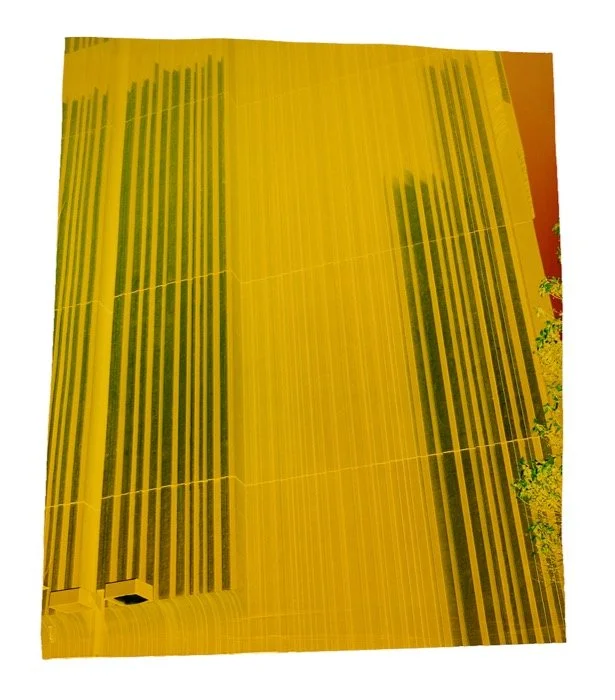Beyond the Lens: Photorealist Perspectives on Looking, Seeing, Painting
Robert Bernardi, Red Explosion, 2016, oil on canvas, 47×31 ½ inches. Collection of Louis K. and Susan Pear Meisel.©Robert Bernardi.
Written By Max Weiner
A photograph has the uncanny ability to transport you to worlds previously unknown. A Terry O’Neill photograph can make you feel glamorous, and a Robert Frank photo can strip the very life away from you and leave you with just your bare bones. But does a photorealistic painting have the same effect? Sure, they look real, but do they have the same feel? Touch? Accuracy? What they do represent though, is an incredible artistic endeavor set aside only for the superbly talented. The Asheville Art Museum, right in the heart of the American South, wants to highlight the importance of these works in a new series entitled Beyond the Lens: Photorealist Perspectives on Looking, Seeing, and Painting. The process and ability to create photorealistic paintings is, as we see, incredibly remarkable, and provide a unique look into the world. The series is set to open fresh on September 8th and runs all the way until February 5th, giving viewers ample time to look at these distinct artistic feats.
Richard Estes, S.I. Ferry Terminal, 2014, oil on Masonite, 16×20 inches.Collection of Louis K. and Susan Pear Meisel.©Richard Estes
Wedged in between the modernist and abstract movement of the 60s, photo realism presented the world with an interesting dichotomy. Many saw it as a betrayal of the new and hip styles taking over the zeitgeist, aimed at those looking to stick it to the man and embrace the modernity of youth. While Andy Warhol was painting Brillo pads, hundreds of artists were painting literally what they were looking at, developing their craft using photographs and a whole lot of magical talent.
Betrand Meniel, Chevy’s, 2018, acrylic on canvas, 59×83 inches.Collection of Louis K. and Susan Pear Meisel.©Betrand Meniel
The beauty of looking at a photorealistic painting is the thought you have when you find out you’re not looking at a photograph. You think to yourself, in a sort of naive way, “there’s no way this is a painting,” then continue your analysis. There will always be people who write it off because it’s a painting, seemingly doctoring the world instead of giving us the unfiltered, raw access of a photograph. While yes, this is a valid argument, there is nothing abstract or neoclassical about it; it is truly unchanged. Take Betrand Meniel’s Chevy’s, one of the focal points of Asheville’s exhibition. There is nothing about that picture that makes you think you’re looking at something different, which essentially makes it a photograph. However, the painting makes it an interpretation of the New York cityscape. It’s one of the most stunning works in the entire series.
Kim Mendenhall, Cho-Co-Lat, 2000, oil on linen, 53 ½×64 inches. Collection of Louis K. and Susan Pear Meisel.©Kim Mendenhall
What Beyond the Lens: Photorealist Perspectives on Looking, Seeing, and Painting is aiming to do is blur the line between different forms of artistic expression and open people to one of the world’s most fascinating artforms. Looking at these magnificent works makes you wonder: what if some of the most prominent photographers were photorealistic painters instead? Would they still be held in high esteem? It’s an interesting thing to ponder while looking at a photograph, but then again, it might actually be a painting.











